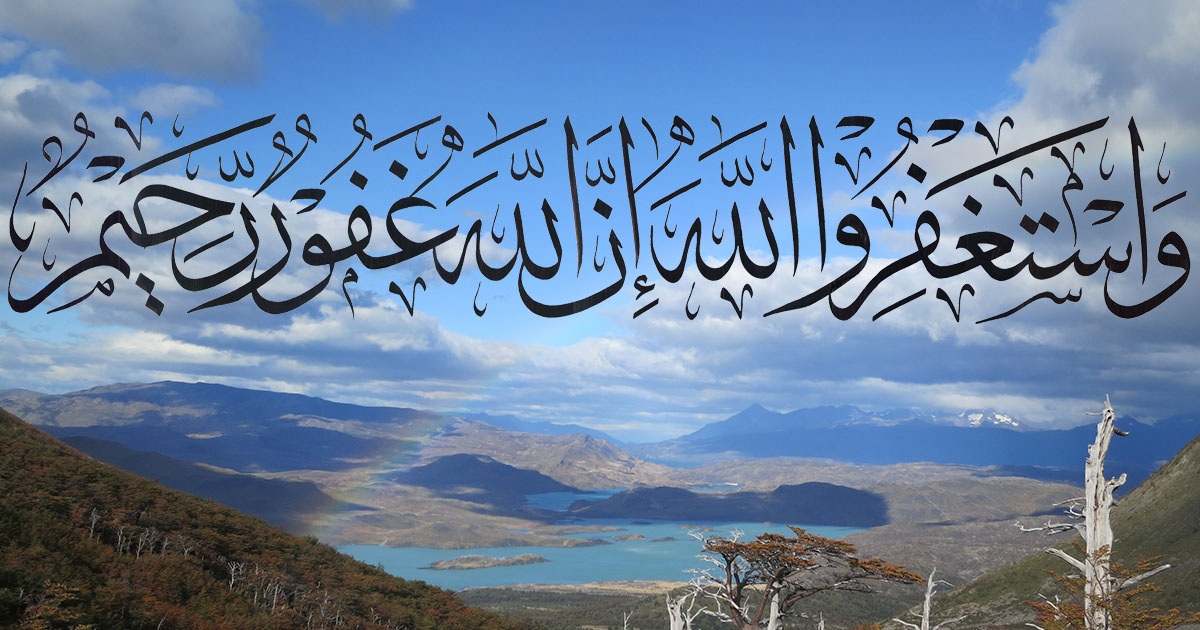Arabic calligraphy, also known as Islamic calligraphy, is a timeless art form that embodies beauty, spirituality, and cultural significance. This art, rooted in the Arabic script, has been refined over centuries to express not just written language but also an aesthetic and spiritual experience.

Historical Origins of Arabic Calligraphy
Arabic calligraphy traces its origins to the Nabataean script, a precursor to the Arabic alphabet. The development of Arabic script gained prominence in the 7th century with the revelation of the Quran. As Islam spread across regions, Arabic script became the medium for preserving and transmitting sacred texts, particularly the Quran, which was written with utmost precision and artistic dedication.
Early scripts, such as Kufic, were characterized by their angular and geometric forms, ideal for inscriptions on stone and monuments. Over time, more fluid styles like Naskh and Thuluth evolved, catering to manuscripts and architectural embellishments.
Styles of Arabic Calligraphy
Arabic calligraphy is known for its diversity, with each style reflecting unique aesthetic and cultural nuances. Some of the most notable styles include:
- Kufic:
- Originated in the city of Kufa, Iraq.
- Angular, bold, and often used for Quranic inscriptions and architectural designs.
- Naskh:
- A clear and readable script.
- Commonly used in manuscripts and everyday writing.
- Thuluth:
- Known for its elegance and curves.
- Often used in mosque decorations and large-scale inscriptions.
- Diwani:
- A decorative Ottoman style with intricate curves and flourishes.
- Used for royal decrees and official documents.
- Nastaliq:
- A Persian-influenced style, flowing and graceful.
- Ideal for poetry and literary works.
- Maghribi:
- A distinctive style from North Africa, with bold strokes and rounded forms.

Tools and Techniques
The tools and techniques of Arabic calligraphy are as integral to the art as the scripts themselves. Calligraphers rely on specialized materials to achieve the desired precision and aesthetic.
- Pens (Qalam): Traditionally crafted from reeds or bamboo, calligraphy pens are cut at specific angles to suit various styles.
- Ink: High-quality ink, often handmade, ensures smooth and even strokes. Black is the most common, but other colors like blue and gold are also used.
- Paper: Smooth and treated paper prevents ink from smudging and enhances the flow of lines.
The preparation of these tools is an art in itself, requiring skill and patience. For example, crafting a qalam involves precise cutting and sharpening to create the ideal tip for different scripts.
Cultural and Spiritual Significance
Arabic calligraphy transcends its function as a writing system, serving as a profound cultural and spiritual expression. It is deeply tied to Islamic traditions, where the Quranic verse, “God is beautiful and loves beauty,” underpins the calligrapher’s pursuit of perfection.
- Architecture: Arabic calligraphy adorns mosques, palaces, and monuments, blending seamlessly with Islamic geometric patterns.
- Literature and Art: It is used in manuscripts, textiles, ceramics, and other art forms, often conveying Quranic verses or poetic expressions.
- Symbol of Unity: As a universal art form within the Islamic world, calligraphy bridges diverse cultures and regions.
Contemporary Arabic Calligraphy
Today, Arabic calligraphy continues to thrive, embracing both traditional techniques and modern innovations. Artists experiment with abstract and conceptual designs, blending classical elements with contemporary aesthetics.
Organizations like IRCICA (Research Centre for Islamic History, Art, and Culture) host international competitions and exhibitions, showcasing the evolving art of Arabic calligraphy. The integration of calligraphy into digital and graphic design further highlights its adaptability and relevance.
Conclusion
Arabic calligraphy is more than a visual art; it is a profound journey of devotion, discipline, and creativity. Each stroke and curve reflects centuries of cultural heritage and spiritual reverence. Whether viewed in its traditional form or through the lens of modern innovation, Arabic calligraphy remains a timeless testament to the beauty and depth of human expression.

Comments